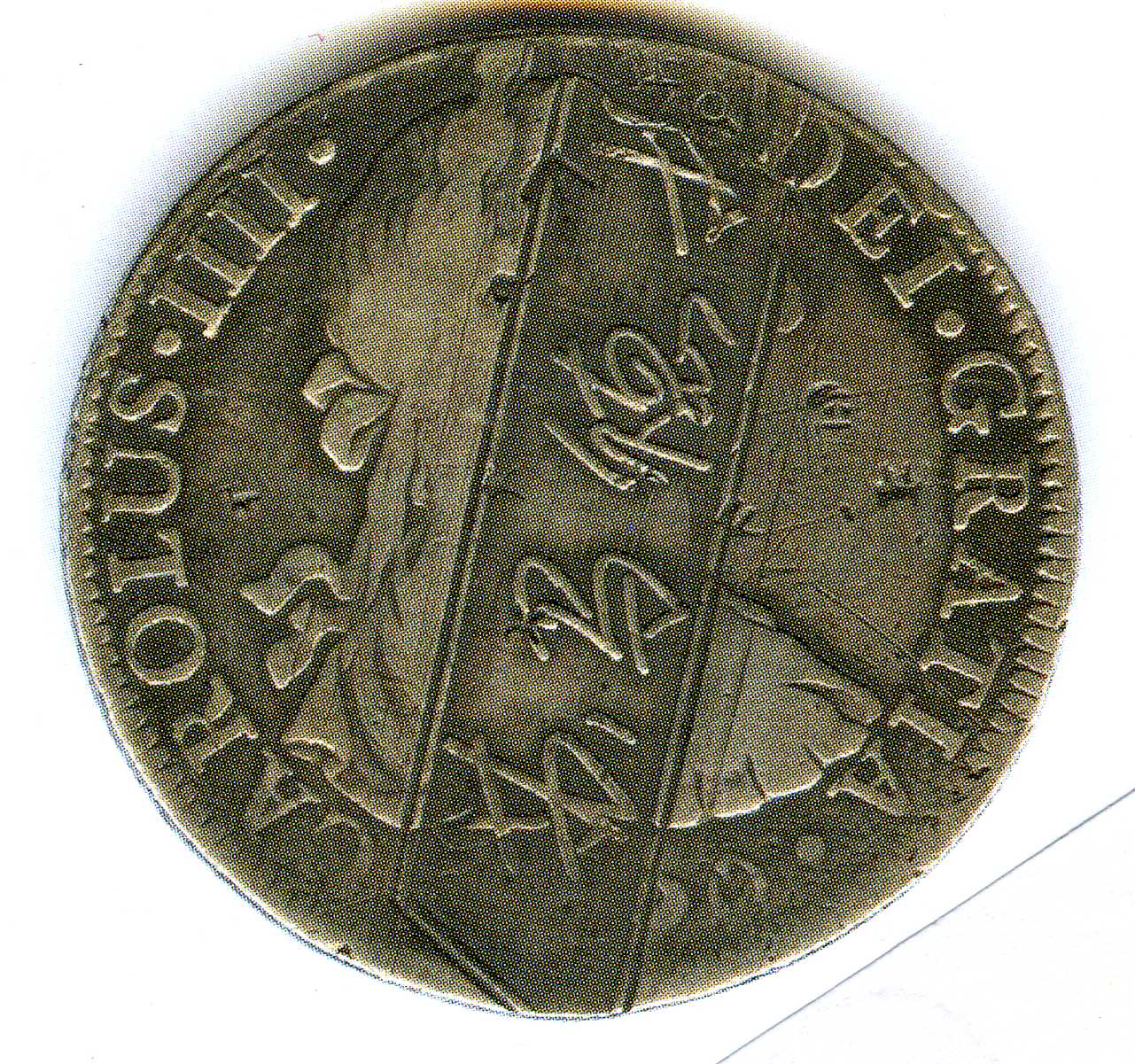countermark on:
[Wikipedia]
[Google]
[Amazon]

 A countermarked, punchmarked or counterstamped coin is a
A countermarked, punchmarked or counterstamped coin is a  Some experts recommend not to use the term countermark and counterstamp as
Some experts recommend not to use the term countermark and counterstamp as
The Museum of Countermarks on Roman Coins
Currency production Inflation Numismatic terminology {{coin-stub

 A countermarked, punchmarked or counterstamped coin is a
A countermarked, punchmarked or counterstamped coin is a coin
A coin is a small, flat (usually depending on the country or value), round piece of metal or plastic used primarily as a medium of exchange or legal tender. They are standardized in weight, and produced in large quantities at a mint in orde ...
that has had some additional mark or symbol punched into it at some point after it was originally produced while in circulation. This practice is now obsolete.
Countermarking can be done for a variety of reasons. If the currency is reformed, existing coins may be rendered void. In this situation, coins already in circulation could be marked with the new value (according to the new currency system). The life span of existing coins could thus be extended, which might under some circumstances be a cheaper alternative to recalling the coins, melting them and striking replacements. Similarly, foreign coins could be marked as legal or accepted currency, thus allowing them to circulate in the area where they were countermarked. Countermarking can also be done for political reasons, i.e. a new state or régime demonstrating its authority by countermarking coins issued by the previous state.
 Some experts recommend not to use the term countermark and counterstamp as
Some experts recommend not to use the term countermark and counterstamp as synonyms
A synonym is a word, morpheme, or phrase that means exactly or nearly the same as another word, morpheme, or phrase in a given language. For example, in the English language, the words ''begin'', ''start'', ''commence'', and ''initiate'' are ...
, but in different contexts. A counterstamp is applied by a die, and by machine to an existing coin, while a countermark is punched onto the coin, mostly by hand, using a punch and a hammer or a primitive hand-operated machine. Often countermarks are applied by private persons, as is the case with chops (often referred to as chopmarks), which were punched by money changers, bankers or shroffs onto foreign coins circulating in China in the 19th century. In contrast the use of counterstamps should be authorized by a local or national Government. An example of this would be post WWI in now modern day Germany to show hyperinflation.
The term '' punchmark'', is mainly used when referring to the earliest Indian silver coins which are coin-like pieces of metal of a standard weight that are bearing various symbols which were applied with punches, resulting in what are known as punchmarked coins.
See also
* Overstrike (numismatics) — where a new design is struck over an existing coin *Chop marks on coins
Chop marks on coins are Chinese characters stamped or embossed onto coins by merchants in order to validate the weight, authenticity and silver content of the coin. Depending on particular technique coins said to have been "chopmarked", " count ...
* Counterfeit
To counterfeit means to imitate something authentic, with the intent to steal, destroy, or replace the original, for use in illegal transactions, or otherwise to deceive individuals into believing that the fake is of equal or greater value tha ...
* Punch-marked coins
Punch-marked coins, also known as ''Aahat coins'', are a type of early coinage of India, dating to between about the 6th and 2nd centuries BC. It was of irregular shape.
History
The study of the relative chronology of these coins has successfu ...
* Overprint
An overprint is an additional layer of text or graphics added to the face of a postage or revenue stamp, postal stationery, banknote or ticket after it has been printed. Post offices most often use overprints for internal administrative pur ...
s, a printed equivalent to a countermark, found on banknotes or stamps
References
*Bertsch, Wolfgang: "Chop or Chopmark?" Chopmark News. The Newsletter of the ChopMark Collectors Club, a special group of numismatists, vol. 8, no. 4, Chula Vista, October 2002, p. 12. *Cuhaj, George S. et al. Standard Catalog of World Coins 1901–2000, 42nd edition, Iola Wisconsin, 2014, p. 10, paragraph "Countermarks/Counterstamps". *Yap, Eldrich: "Counterstamp vs. Countermark". In: Chopmark News, Chopmark Collectors Club, Vol. 15, issue 4, Taipei, December 2011, pp. 115–116.External links
The Museum of Countermarks on Roman Coins
Currency production Inflation Numismatic terminology {{coin-stub